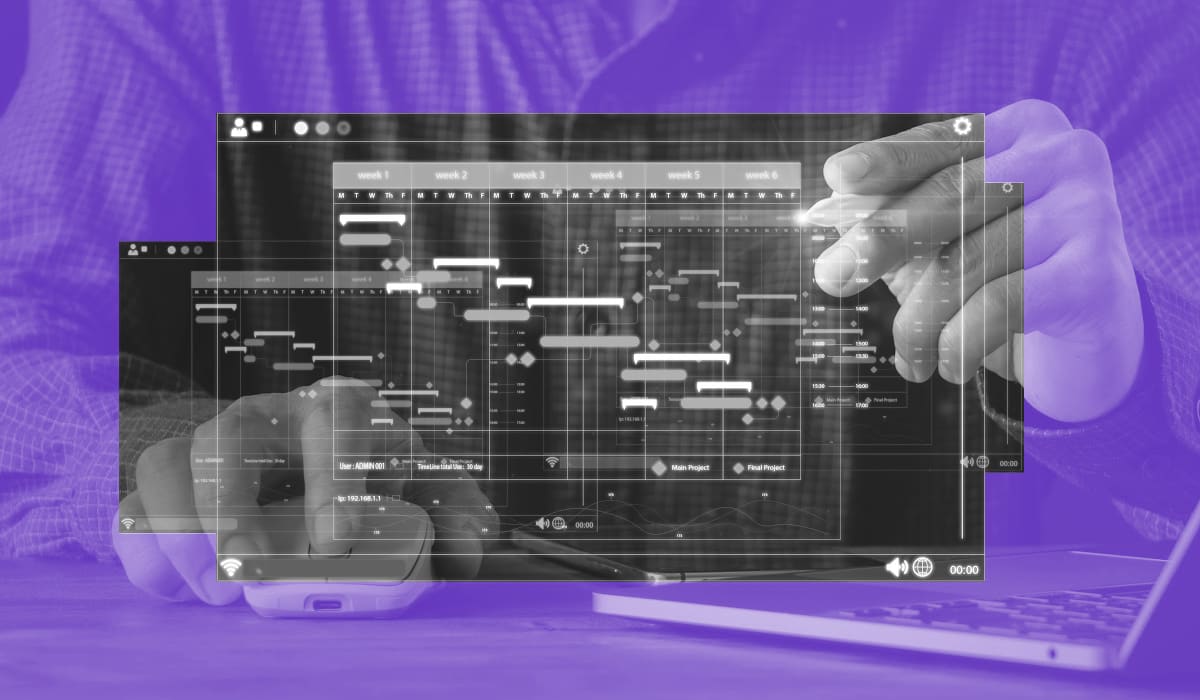Workplace 2025: Five Forces, Six New Roles and a Challenge to HR
John Boudreau, professor and research director at USC Marshall, explains five forces shaping the future of work and organizations.

In September 2013, top HR leaders undertook a voluntary and collective effort to envision the HR profession in 2025. They conducted interviews, focus groups, reviews of published findings and drew upon their significant personal experience through CHREATE (The global Consortium to Reimagine HR, Employment Alternatives, Talent, and the Enterprise). Their findings included five forces shaping the future of work and organizations, and six necessary roles. They envisioned a step-change in organization challenges, responses and workplace capabilities. These changes will affect organizations differently, but the CHROs, as well as the CEOs and Board members they interviewed, believed they are relevant to virtually every organization.
Should they be guiding your own strategies, organizational initiatives, capability development and HR functional design?
Five Forces Shaping the Future
Exponential technology change. This includes technological breakthroughs that produce exponentially accelerated disruptions in markets and business. They include rapid adoption of robots, autonomous vehicles, commoditized sensors, and artificial intelligence, enabling global collaboration and re-thinking work and global commerce. To respond, organizations will engage flexible, distributed and transient workforces that adapt to rapid cycles of business reinvention. They will become more accurate in choosing big long-term bets and more flexible when predictions are uncertain. Workers will need to successfully engage with automation, and be prepared for more constant job loss and rapid skills obsolescence.
Social & organizational reconfiguration. This force will include increased democratization of work, shifting organizational forms from the hierarchy in favor of more power-balanced organizations and communities, with less employment-based and more project-based relationships. Talent will engage with organizations increasingly based on aligned purpose, not simply economic exchange. The organizational responses will include networks replacing hierarchies, and social and external collaborations as vital elements of product and service development. Business practices and culture will reflect shared purpose and mission and horizontal and shared leadership. Talent sourcing and engagement processes will use diverse work arrangements including part-time, full-time, free agents, outsourcing, talent exchanges with partner organizations, and engagement based increasingly on a purpose-driven mission.
A truly connected world. Inexpensive mobile devices, personal interfaces, virtual collaboration and new media will enable global and real-time communications that accelerate ideation and product development. Market strategies will use rapid prototyping with intensive user feedback. Organizations and their operations will be globally transparent, with extremely short product development and release cycles, immediate feedback and relationships based on trust. Work will be sourced from anywhere at any time, by workers organized in the cloud, and networks of free agents. Work will be engineered through newly defined talent management systems that support a distributed and global workforce, high-trust cultures and purpose-built networks, empowered with big data.
All-inclusive global talent market. Work will be seamlessly distributed around the globe with 24/7 operations enabled by new corporate and social policies. Extreme longevity will allow mature talent to stay in workforce longer. Female and non-white ethnicities will become talent majorities. Organizations increasingly segment work into projects, tasks and micro-tasks directed to the best talent within and outside the organization through diverse work relationships. Leadership and engagement will evolve to address highly varied and differentiated cultural preferences in policies, practices, work designs, pay and benefits. Purpose-driven organizations will excel in attracting, engaging and motivating workers from many sources.
Human and machine collaboration. Analytics, algorithms, big data and automation will accelerate and enhance productivity and decision making, and automate and abolish tasks previously performed by humans. This will frequently disrupt product, service and labor markets, with greater volatility in unemployment and re-employment. Organizations will migrate tasks from people to machines and/or robots, mastering big data. They will augment their capabilities beyond regular full-time employment by creating and maintaining external partnerships that manage workforce transitions without hurting their reputation as a fair and attractive place to work. This will require exceptionally strong social and community relationships and ethics.
Five New Workplace Leadership Roles:
The CHREATE teams envisioned that these changes will require organizational capabilities embodied in new roles like those described below. These roles may be embedded in an HR profession of the future, but they reflect a profession with boundaries that extend well beyond traditional HR:
The Organizational Engineer is an expert in facilitating virtual teams, developing leadership wherever it exists, and talent transitions. She is an expert at talent and task optimization. She is the knowledge resource on principles such as agility, networks, power and trust.
The Virtual Culture Architect is a culture expert, advocate and brand builder. He connects current and potential workers’ purpose to the organization’s mission and goals. He is adept at principles of values, norms, and beliefs, articulated virtually and personally.
The Global Talent Scout, Convener, and Coach masters new talent platforms and optimizes the relationships between workers, work and the organization, using whatever platform is best (e.g., free agent, contractor, regular employee, etc.). She is a talent contract manager, talent platform manager, and career/life coach.
The Data, Talent & Technology Integrator is an expert at finding meaning in big data and algorithms, and how to design work that optimally combines technology, automation and humans.
The Social Policy & Community Activist creates optimal synergy between goals that include economic returns, social purpose, ethics, sustainability, and worker well-being. She influences beyond the organization, shaping policies, regulations and laws that support the new world of work, through community engagement.
Should your organization be building these capabilities? Will they reside in your future HR function, your leadership, or your line managers? Will your pipeline for this talent include professionals in procurement, marketing, finance, operations, business development and external relations, as well as from traditional HR academies and functions? Are you ready for this future?


